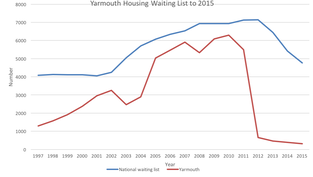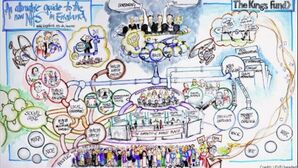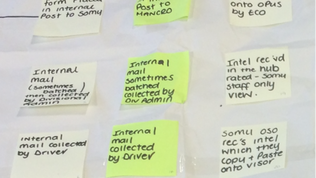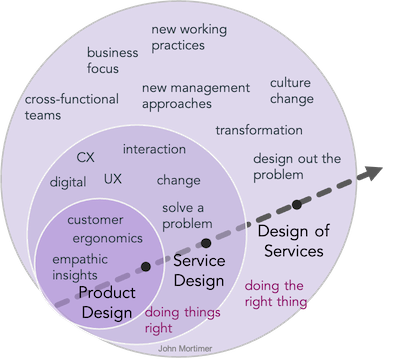The work of John Mortimer, and colleagues, using new approaches across the public and private sector. These case studies are designed to highlight, share and learn from this work.
Environmental health
From ticking boxes, to helping restaurants improve. A complete reversal of behaviour and results.
Integrated health & social care
An ICS multi-disciplinary team, a mission driven approach; with dramatic impact on patients and cost.
Telecoms contact centre
Transformation of Telecoms contact centre - reducing waste and improving the customer experience.
Place based locality working #2
Mission driven joined up public services. Undertaken by a colleague.
Published case studies
How one Norfolk council has cut its housing waiting list by 95%, The Guardian, 2018
Saving money by Doing the right thing - published by Locality, 2014.
Back to basics, Environmental Health News, 2011.
Using Systems Thinking to Redesign Food Inspection Work, Local Better Regulation Office, 2011.
The ShortlistLocal authority housing, Inside Housing. 2011
Case studies published in books include;
Responsibility and Public Services, Richard Davis, Triarchy Press.
Delivering Public Services that Work, John Seddon, Triarchy Press.
Systems Thinking in the Public Sector, John Seddon, Triarchy Press
Saving money by Doing the right thing - published by Locality, 2014.
Back to basics, Environmental Health News, 2011.
Using Systems Thinking to Redesign Food Inspection Work, Local Better Regulation Office, 2011.
The ShortlistLocal authority housing, Inside Housing. 2011
Case studies published in books include;
Responsibility and Public Services, Richard Davis, Triarchy Press.
Delivering Public Services that Work, John Seddon, Triarchy Press.
Systems Thinking in the Public Sector, John Seddon, Triarchy Press
The liberated method is a term coined by Mark Smith of Gateshead. 'The Liberated method' is a framework created by John Seddon of Vanguard.
What I do
I have been involved in transforming organisations with systemic design for over 20 years. Starting in creative engineering, spent formative years with Hilton International and in manufacturing. After obtaining an MBA, then worked in ABB, where the complexity of the reality of efficient and effective rapid operations became all too clear. I become exposed to national and international management and change projects.
With Vanguard Consulting, the methodologies of systems thinking, the principles of the strength based liberated method, lean and service design were developed. Especially being able to understand an organisation, together with its people and behaviours. Working with a multitude of different organisations, and very good consultants, gave me the experience and confidence to assess develop flexible approaches to the challenges that real organisations face.
Design Thinking, Systemic Design and Organisational Design are increasingly incorporating systems thinking and complexity to ensure its relevancy in modern organisations.
With Vanguard Consulting, the methodologies of systems thinking, the principles of the strength based liberated method, lean and service design were developed. Especially being able to understand an organisation, together with its people and behaviours. Working with a multitude of different organisations, and very good consultants, gave me the experience and confidence to assess develop flexible approaches to the challenges that real organisations face.
Design Thinking, Systemic Design and Organisational Design are increasingly incorporating systems thinking and complexity to ensure its relevancy in modern organisations.
























